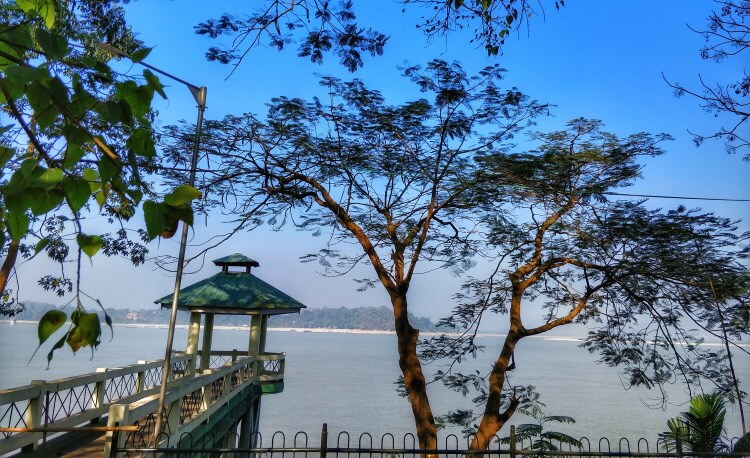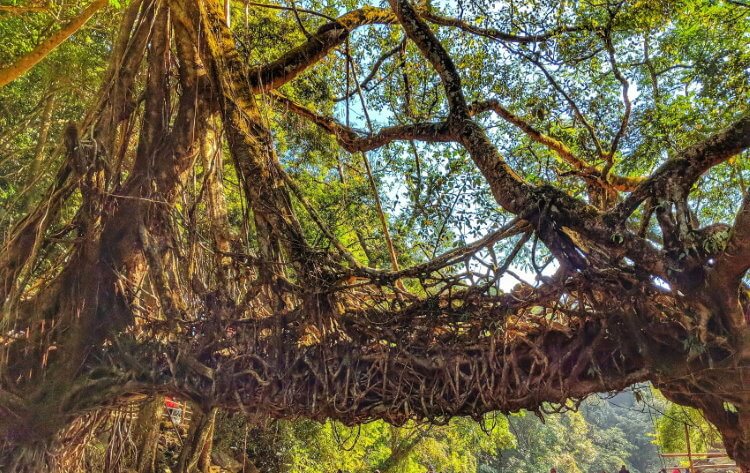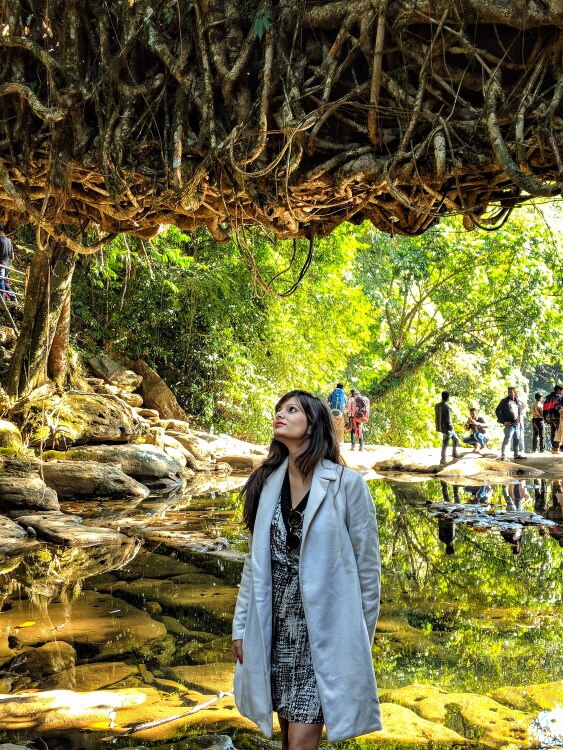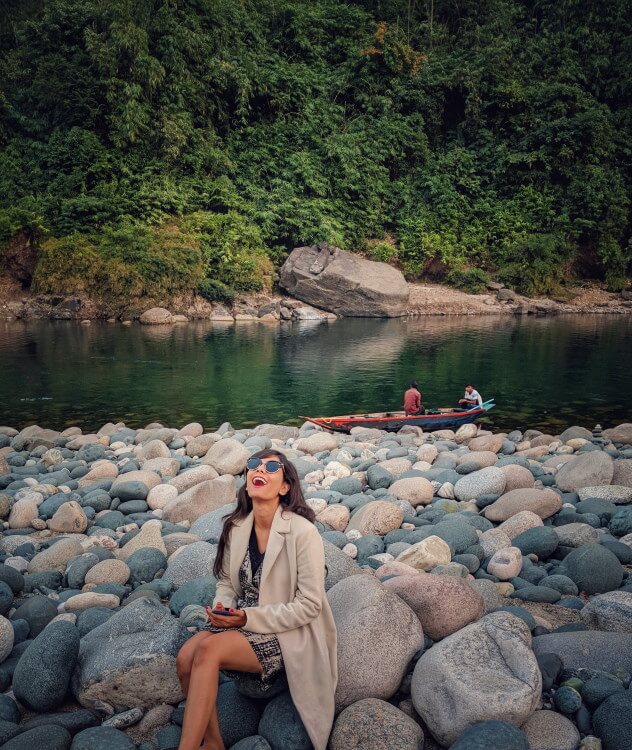“I’m in love with cities I’ve never been to and people I’ve never met.” I didn’t believe these words to be true until I travelled to the uncharted territories of Northeast India last December.
Shivering in the Capital’s chilly weather, I couldn’t believe my luck when hovering a couple of hours in the air transported me into Assam’s busiest city Guwahati, letting me take off my woollens and feel the cool breeze flow through my hair. The next two days flew by, as I shuffled between my friend’s wedding and the local markets.

The real adventure only seeped in the early morning on the next foggy day, when I was ready with my bags packed to leave for Shillong, the Scotland of the East, in Meghalaya.
I leaned onto the passenger seat and got drowned into the magical world swaddled with sundry shades of the skies and the beauty of life all along the road trip.
After a three-hour drive, the little town came into sight. Colourful, crooked huts stood at almost every meandering turn, welcoming passersby with a whiff of warmth. It brought back memories from my dusty bookshelf where lie the mysterious books of Enid Blyton, rewinding the cassette of my childhood forbidden fantasies.
“Are the houses always adorned with a trail of lamps, fairy lights and snowy figurines?” I wondered, peeping out of the window as the car zoomed ahead. And... Bam! It struck me then. It was Christmas morning. That thought struck me like lightning and I pondered how badly I needed to get away — to not count days until weekends, to give back myself in the hands of what's untold, unseen and unheard, to wind down from the black mirrors and look further away.

I took a quick shower, and strolled down the streets as the Christmas carol echoed in the air. Looking through glossed shop-windows and treating myself with desserts and sweet treats, I rollicked away like a paper boat sailing with the stream, when suddenly the town immersed in darkness. I looked at my watch and was shocked to see it was hardly 15 minutes past five. “Is that because the sun rises in the east?” I asked myself. As it turned out, I was not wrong.
Sooner than I thought, all the shops were shut down as people packed their bags and rushed back homes to celebrate with their families and friends and with that came an early end to an early beginning of the day.

Next morning, I woke up at the break of dawn and headed to Dawki. The first stop was the Living Root Bridge in Mawlynnong and I was stunned to hear about its history. Many moons ago, two trees stood across each other on either side of a river. Walking through the dense forest, a wanderer of that age, saw thick, long, bushy roots growing out of both the trees and placed them facing each other. Miraculously, post many seasons the roots slowly started twirling around each other.
Over the years, they got entwined together and created a bridge (stronger than mankind ever could) for passersby to cross the river. A trivial act of kindness gave birth to an incredible gift of nature… Isn’t it sheer magic?
Now, here's a question: Which is the cleanest village in India? Mawlynnong in Meghalaya, an unknown and unscathed face, raises its snug nose up.
The tidy town boasts of a spectacular sky view that offers a bird's sight into the Indo-Bangladesh Border.
After walking for an hour, I reached the bamboo bridge and wished I could stay forever at the serene spot surrounded by silence broken by the occasional howl of the owls perched atop trees.
But, as the sun sailed downwards, I couldn’t keep calm and eagerly rushed to see the Umngot river. As soon as I reached there, I was mystified with its purity. Catching the trade winds in the sail, I went on what was one of the most peaceful boat rides I have ever had. It was sheer joy to see the clear water — the huge rocks by the bedrock and the fishes swimming inside. The sun slowly set with a dazzling saffron flare that reflected in the stretches of water as the boatman took us to the Bangladesh border, and instantly diverted the direction. “Did people ask the river before slicing it up into two?” I sighed.

The next day, I took off to Cherrapunjee — once the wettest place on the Earth. Sadly, it was far from being wet during winters. From the Seven Sister Falls to Nohkalikai Falls, Cherrapunjee boasts of a great flow in its waterfalls during monsoons but is mostly dry in the winters. However, that did little to dampen my spirits… I was waiting for the next wild quest. The deep, dark, mysterious Mawsmai caves. My heart beats raced as I gaped at the intricate limestone carvings in the dim-lit hollow structure and chuckled to myself while imagining a mighty lion’s den and a secret hollow way with hidden treasure troves inside.
All set to catch my flight the next day, I looked at the horizon across the valley of the Brahmaputra when I got back to Guwahati, and a profound thought reverberated in my mind. Why was the far-east side of India still hidden, unexplored, and ignored?
And if a brief trip could be so mesmerising, what would it be like to see rhinos graze in Kaziranga’s swampy grasslands, catch a glimpse of the ancestral longhouses in Nagaland or go on a perilous pilgrimage to Tawang?
Wouldn’t you want to wander in the wilderness of Northeast India too? Chalk out your travel plan during the monsoon season from May to September, or trudge away to the secluded spectacle in the frosty months.
Article By Jyotsna Basotia
A writer, wanderer, dreamer and creator who loves to explore new places, watch movies, paint and pen down her thoughts. Follow: Jotter Joe



